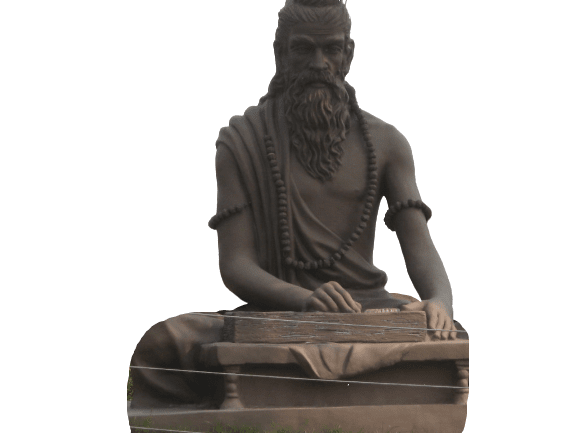Overview
Patanjali is one of the famous among the few world-famous yogis who prevent the yoga for these days. He is an author of the numbers of Sanskrit work (books). He has given a book named Patanjali yoga sutras which is mostly referred book for yoga philosophy. In the yoga tradition, Patanjali is a reversed name. Yoga is a union or merging of mind and soul in the divine element. Yoga is a process of realizing our supreme powers to reach the highest point of spirituality.
To calm yourself and make yourself a powerful person the threefold nature of the person should be developed upon its various lines. Yoga helps us to gain unconditional energy and restore it. According to some people, there were two Patanjali’s, the one known as the commentator upon the grammarian Panini and another about the year 140 B.C.
Patanjali provided The Yoga Sutras
The yoga philosophy of Patanjali is a collection of 196 Sanskrit sutras on the theory. The sutras were compiled around 500 BCE. The yoga philosophy of Patanjali is translated from ancient Indian text. The text fell into relative obscurity for nearly 700 years. Now, it is gaining prominence again in the 20th century.
Yoga history holds the yoga philosophy of Patanjali to be one of the foundational sutras of yoga philosophy. However, some scholars questioned its appropriation and misappropriation. The yoga philosophy of Patanjali incorporated the teaching of many other philosophical systems at that time. Patanjali becomes an inspiration for people to introduce new philosophical things.
Foundation of Yoga Philosophy
Hinduism, Buddhism, and Jainism all the religion influences Patanjali. The yoga philosophy of Patanjali is a foundational text of yoga philosophy school of Hinduism. Thurman writes that Patanjali was influenced by the success of the Buddhist monastic system. It is also believed that the five Yamas of the yoga philosophy of Patanjali bear a resemblance with five vows of Jainism.
So all three religion has a great influence on the foundation of Patanjali.
The philosophy of Patanjali defines yoga as having eight components. The eight limbs of the yogas are Yama (abstinences), niyama (observances), Asana (yoga postures), pranamaya (breath control), pratyahara (withdrawal of senses), Dharana (concentration), dhyana (meditation) and Samadhi (absorption).
Patanjali defines yoga as the restrictions of the fluctuations of consciousness. This practice begins by sitting and calming the fluctuations of our body, breathe, and senses. The yoga philosophy of Patanjali has four chapters. The chapter titled samadhi, sadhana pada, vibhuti pada, and kaivalaya pada respectively. Every chapter of Patanjali discusses the procedures of yoga, its techniques, physic powers, and ultimate liberation.
More description about yoga philosophy of Patanjali
- The first chapter of Patanjali’s yoga sutras is about enlightenment. – samadhi pada.
- The second chapter contains instructions for yoga practice. – sadhana pada.
- The next chapter is all about the progression of our practice. – vibhuti pada.
- The fourth chapter describes supernatural abilities and a shift in perception. – kaivalya.
The yoga philosophy of Patanjali ranks top among the basic philosophical writings of yoga. Patanjali, for of course has gained wide currencies in the centuries before the Common Era. Patanjali’s date can be inferred from the content of its text. There is no accuracy of the date and there are always dissenters against dates. Patanjali is considered the father of yoga as he codified all aspects of yoga into a certain format known as yoga sutras. He explained the epitome of our body, the structure of the body-mind ego, and so on.
Conclusion
The yoga sutras of Patanjali are often countered as the philosophical part of today’s yoga practices. Patanjali has always been a path for the practice of raja yoga, concentration, and meditation. Patanjali begins the treasure for yoga has always influenced people to experiment more about yoga and to attain spirituality.
